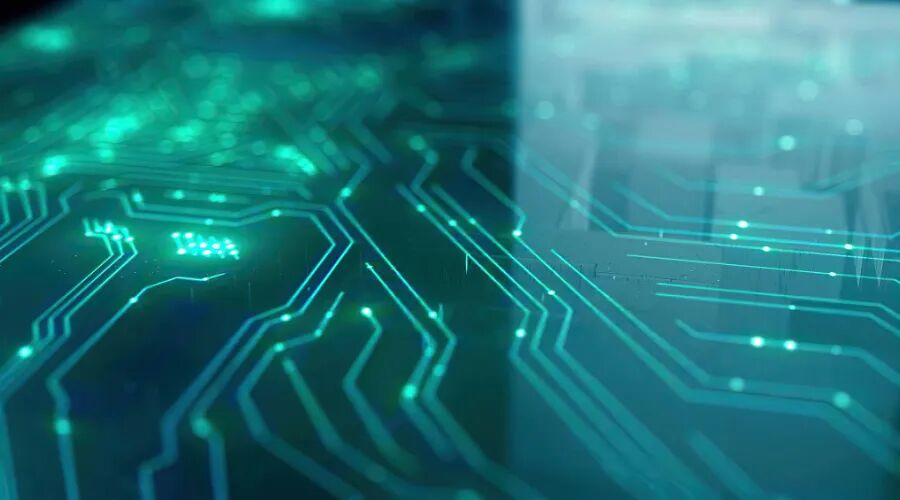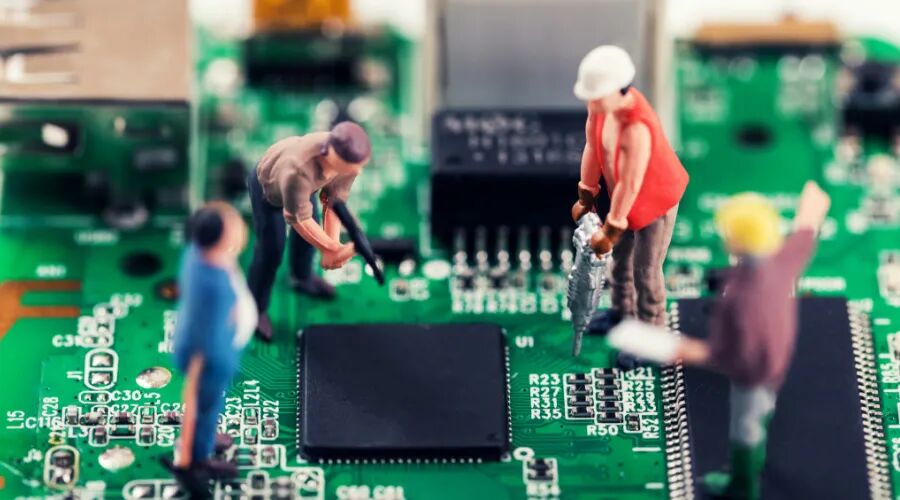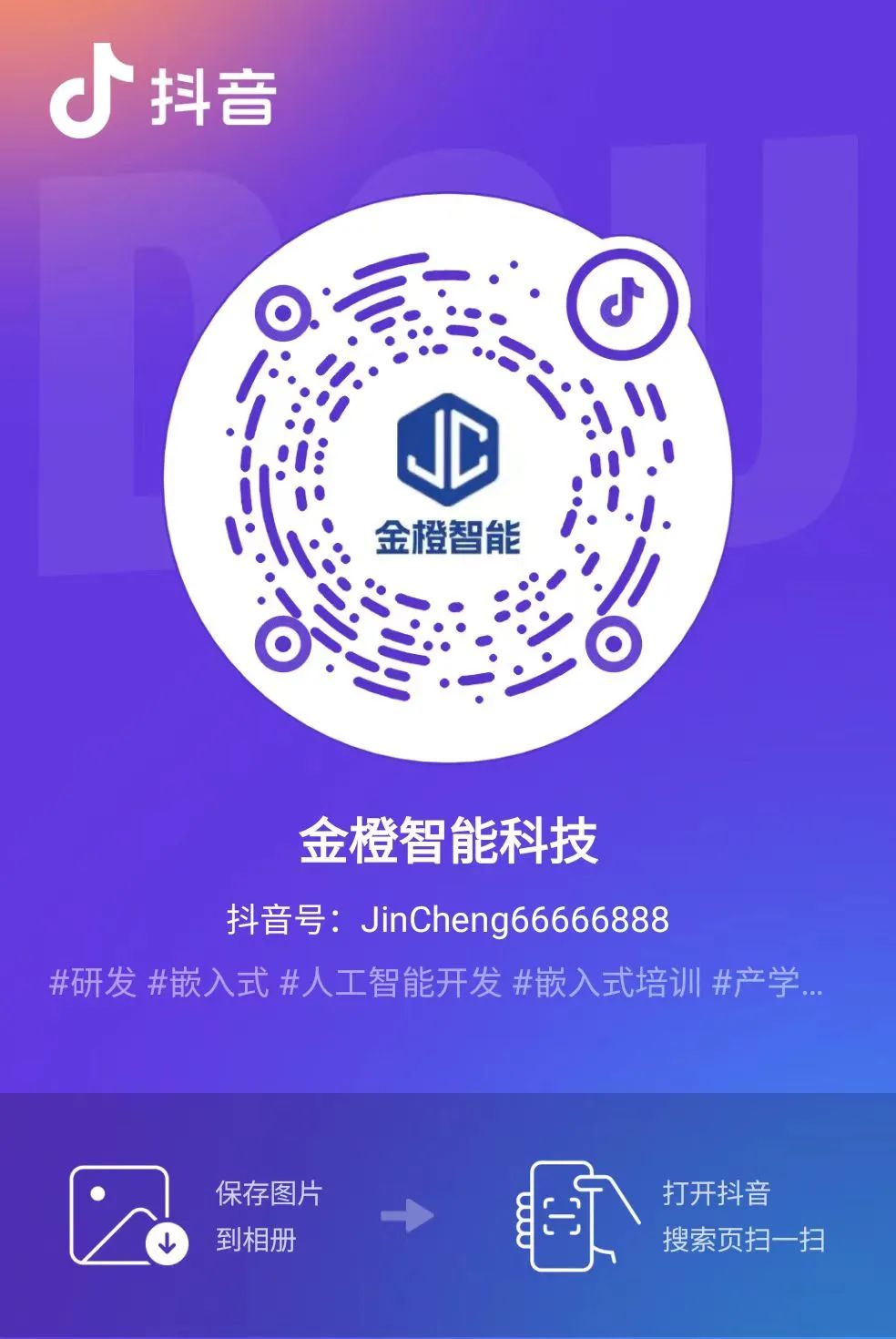For students who are new to the embedded field, the ESP32 and STM32 represent two different technical gateways. The ESP32, developed by Espressif Systems, focuses on IoT features; the STM32 is a family of general-purpose microcontrollers from STMicroelectronics. Both are equipped with a 32-bit Cortex-M core, but they are positioned quite differently.

1.Core Differences Comparison
1. Hardware Features
ESP32: Integrated dual-core processor + dual-mode Wi-Fi/Bluetooth, onboard antenna design
STM32: Offers series F0/F1/F4, with over 20 types of peripherals
Key Indicators:
Clock Frequency: ESP32 (240MHz) vs STM32F4 (180MHz)
Storage: ESP32 (up to 16MB Flash) vs STM32 (up to 1MB Flash)
2. Development Environment
ESP32: Seamless support for the Arduino framework, while ESP-IDF has a higher development difficulty
STM32: Official CubeMX configuration tool + MDK-ARM development suite
Learning Curve: ESP32’s Arduino mode is easier to start with, while STM32 requires understanding of register programming
3. Typical Application Scenarios
|
Scenario Type |
Recommended Platform |
Typical Project Case |
|
Smart Home Control |
ESP32 |
Wi-Fi Temperature and Humidity Monitoring |
|
Industrial Control |
STM32 |
Motor Drive System |
|
Sensor Networks |
ESP32 |
LoRa Multi-node Communication |
|
Complex Algorithm Processing |
STM32 |
Image Recognition Edge Computing |
2.Beginner Selection Recommendations
1. Interest-Driven Principle
Pursuing Quick Results: ESP32 (complete Wi-Fi project in 2 hours)
Deepening Fundamental Learning: STM32 (mastering hardware abstraction layer principles)
2. Resource Support Analysis
ESP32: Numerous tutorials on Bilibili/YouTube, quick community response
STM32: Comprehensive official documentation, rich industrial application cases
3. Cost Considerations
Development Board Prices: ESP32 (¥20-50) vs STM32 (¥30-80)
Expansion Costs: ESP32 requires external sensor modules, while STM32 has higher peripheral integration
 3.Practical Learning Path
3.Practical Learning Path
ESP32 Learning Path:
1.Setting up Arduino IDE environment
2.Basic GPIO operations
3.Wi-Fi hotspot configuration
4.Implementing MQTT communication
STM32 Learning Path:
1.Using CubeMX configuration tool
2.FreeRTOS task scheduling
3.ADC acquisition and processing
4.USB communication protocol development
4.Advanced Development Recommendations
|
Platform Selection |
Career Development Direction |
Technical Expansion Suggestions |
|
ESP32 |
IoT Engineer |
Learn LoRa/NB-IoT protocol stack |
|
STM32 |
Embedded Systems Engineer |
Master DSP/CAN bus technology |
It is recommended that beginners first use ESP32 to complete IoT projects, and then switch to STM32 for low-level development. Both platforms ultimately use C language, and the underlying principles are similar, resulting in low technical migration costs.
No matter which platform is chosen, completing 3 complete projects (basic/advanced/integrated) is key to becoming a qualified embedded engineer. It is recommended to engage in practical training, focusing on overcoming the two major challenges of driver development and communication protocols.
ENDPrevious Recommendations:
The ceiling of embedded systems is actually quite high
Embedded systems are increasingly popular, yet in short supply?
The “Dance of Security” in TCP connections: An essential analysis of the three-way handshake and four-way handshake
Why does the embedded code you write often have bugs?
STM32 ADC register configuration practice: mastering precise sampling from the ground up
 Jin Cheng Intelligent Douyin Account Video Account QR Code
Jin Cheng Intelligent Douyin Account Video Account QR Code
